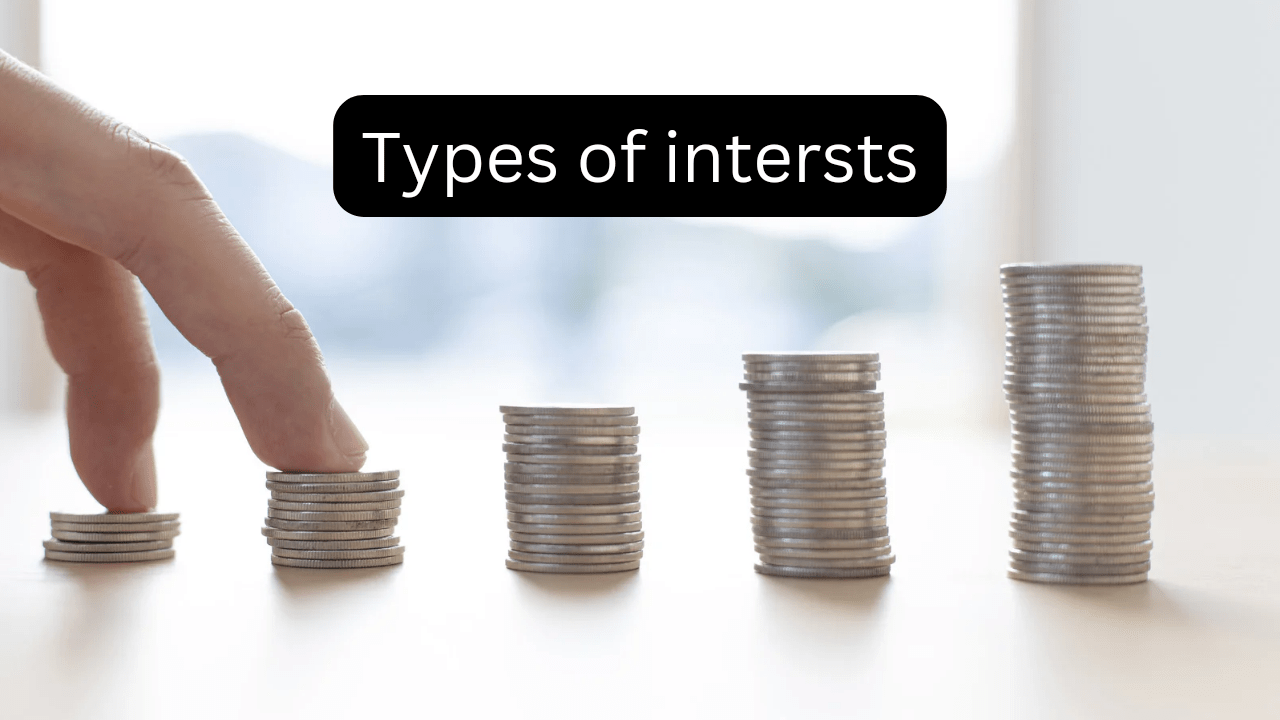What is Interest?
In the financial world, interest is seen as the cost of borrowing money. When you acquire a loan from a bank, it generally comes with a cost. This cost is the interest that is paid back to the bank in installments by you. In this blog, Learning Perspectives will explore different types of interests.
In the movie Ocean’s Twelve, we saw how Terry Benedict, owner of the casinos asked back for his money along with interest.
Movie Case Study
Danny Ocean (George Clooney) and his team steal around $160 million from a casino heist. Later, they are confronted by Andy Garcia, who is the owner of the casino, he threatens Danny that if 160 million isn’t returned along with the $38 million interest, he will kill all of them.
The above scene shows how all of them have used the money and now they are realizing that they are short of 97 million dollars. Many of them say interest is killing them.
There are many kinds of interest. Below are the two most common types of interest.
Simple Interest:
This interest means earnings only on the initial investment. It is calculated as the initial investment times the applicable interest rate times the period of the loan or investment. The amount earned is equal to the principal and interest.
Example of Simple Interest
Suppose you put Rs. 10,000 in your savings account that pays simple interest of 10% and then withdraw this money after 3 years. The following calculation would be:
End of Year 1= 10,000* 10% = Rs. 1,000; Outstanding Balance= 10,000 + 1000 = Rs. 11,000
End of year 2= 10,000* 10% = Rs. 1,000; Outstanding balance= Rs. 12,000 [ Rs. 11,000 +1,000]
End of Year 3= 10,000*10%= Rs. 1,000; Outstanding Balance= Rs. 13,000 [Rs. 12,000+1,000]
You can withdraw Rs. 13,000 at the end of three years earning a simple interest of Rs. 3,000.
Compound Interest:
This is the interest one earns on the initial investment plus previous interest. Because you are earning ‘interest on interest’.
Einstein once said ” Compounding is the eighth wonder of the world” and rightfully so. Money invested on compound interest gives great results when money is invested for a longer period.
Example of Compound Interest
Suppose you put Rs. 10,000 in your savings account that pays compound interest of 10% and then you withdraw this money after 3 years. The following calculation would be:
Initial Investment: Rs. 10,000
End of Year 1: Rs. 10,000*10%= 1,000; Outstanding Balance= Rs. 11,000
End of Year 2: Rs. 11,000*10%= 1,100, Outstanding Balance= Rs. 12,100
End of Year 3: Rs. 12,100*10%= 1,210, Outstanding Balance= Rs. 13,310
You can withdraw Rs. 13,310 at the end of three years earning a compound interest of Rs. 3,310.
Rs. 310 represents the compounding effect which is the difference between simple and compound interest. (Rs. 3,310-3,000).
Nearly, all business applications use compounding interest.








